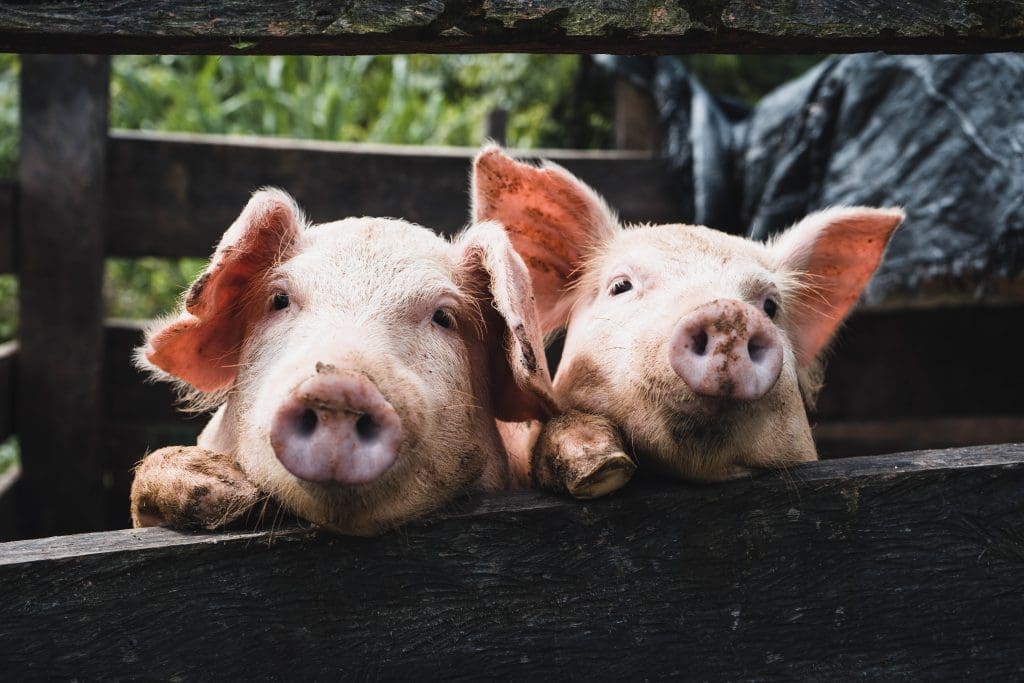What if a human kidney could be grown inside an animal? Is this a viable answer to the organ donor shortage?
With over 25,000 transplants performed yearly, kidneys are the most often transplanted organ in the United States.

Over 100,000 people were in need of kidney donations in 2020, and 5,000 of them sadly passed away before finding a donor. Regrettably, there is a lengthy waiting list for kidney transplants.
Why wait much longer? A kidney transplant is required for the great majority of those persons. Moreover, scientists have been working on novel approaches to grow organs and tissues in animals to meet the demand for life-saving organ transplants. Thanks to Science!
Growing human organs in animals is one method of addressing the organ donor shortage. However, this has proved difficult because the human immune system frequently rejects non-human organs.

Beyond this procedure, in a recent study published in the Cell Stem Cell, researchers created chimeras—human-pig embryos made of a mix of pig and human cells—which were subsequently implanted into surrogate pig moms. It was later determined that the kidneys of the chimeras were largely composed of human cells, marking the first instance in which a complete human organ had been created inside of an animal.
“Rat organs have been produced in mice, and mouse organs have been produced in rats, but previous attempts to grow human organs in pigs have not succeeded,”
said Liangxue Lai from the Guangzhou Institute of Biomedicine and Health, Chinese Academy of Sciences.
In the past, attempts to develop human organs in pigs have failed, according to the senior author Liangxue Lai of the Guangzhou Institutes of Biomedicine and Health, Chinese Academy of Sciences, and Wuyi University. “Rat organs have been produced in mice, and mouse organs have been produced in rats, but previous attempts to grow human organs in pigs have not succeeded,” she added. The ability to develop human organs in pigs is made possible by our method, which enhances the incorporation of human cells into recipient tissues.
According to the researchers, their findings mark a promising first step in creating an alternative kidney donation method. However, they cautioned that many hurdles still need to be cleared before this technology may be applied in clinical settings.

“We are optimistic that with time and effort, we may be able to overcome these challenges too,”
Lai says.
Organ transplantation might one day be an accepted procedure that can save the lives of millions of people with more research and development.
What do you think of this new research? Comment down your thoughts below.

